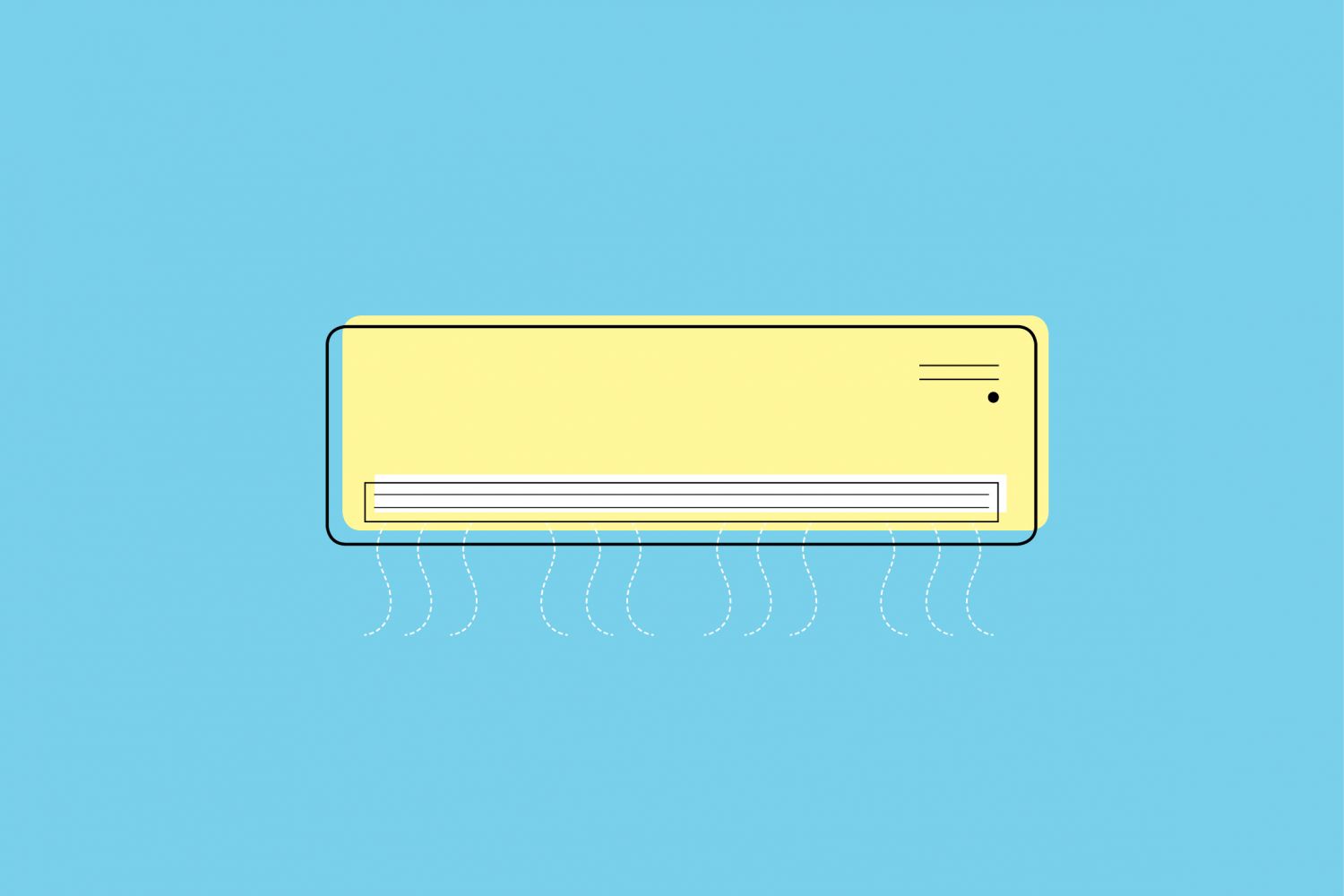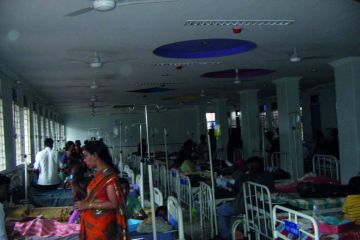
We may not know what a perfect life is. In an Indian summer, it may come down to something as simple as sitting at home in relative comfort with people who love each other. However, the climate is not suitable for such a simple human comfort.Death came in many ways to Bihar. Acute Encephalopathy Syndrome killed over 100, including 79 children, in June, while heat snuffed out 184 lives till June 17. Forty-five people died in 24 hours on June 15. Temperatures around 45C scorched Aurangabad, Gaya, a
Continue reading “Heat and the folly of air-conditioners”
Read this story with a subscription.





